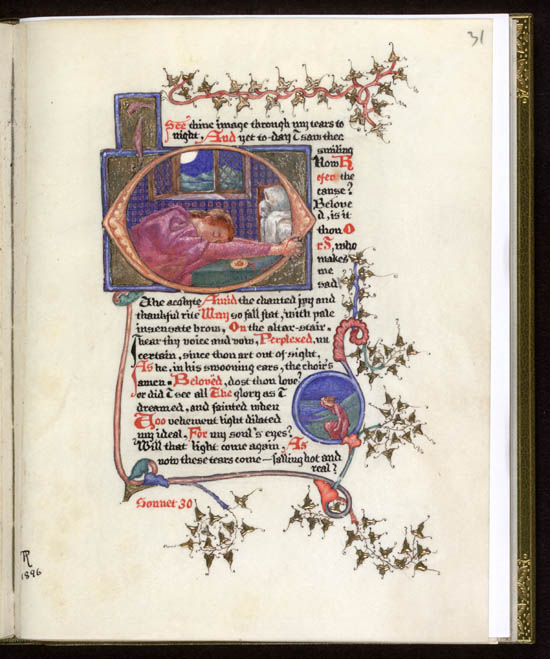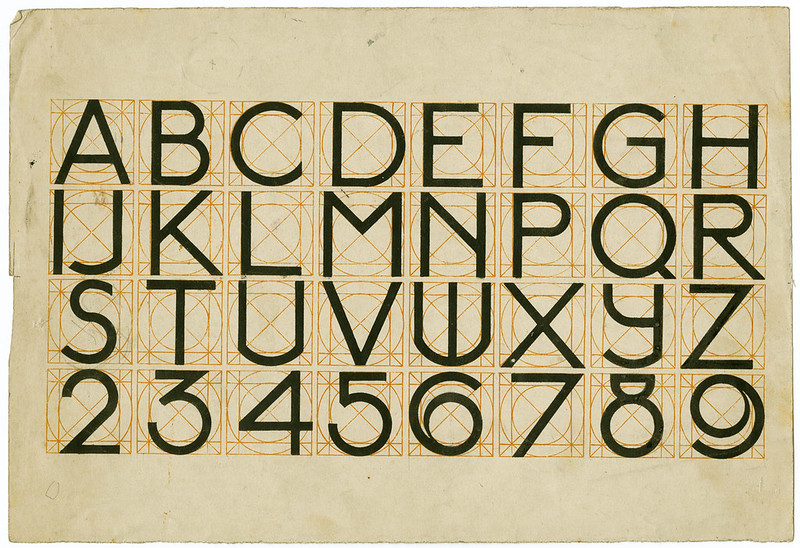One of the skills they pay me the big bucks medium-sized Euro for at work is assessing the risks of changes going into production. To do it, I’ve become pretty good at evaluating the system that is being changed.
I could snow you with talk of checklists, metrics, and charts, but really, my most valuable analytical tools are my pattern-matching wetware and my experience. With those two things, I can usually describe the current state of the system and estimate its chances of going horribly wrong in the near future, just based on gut feel.
Below are my private terms for the various states of computer system health. I use different ones in official reporting. Usually.
- clean: The system runs smoothly, with no visible bugs. I read the logs to calm down after stressful meetings.
- stable: There are the occasional interface bugs, but the thing runs reliably. It feels like a melon you tap in the supermarket and decide to buy.
- scruffy: Most users hit some kind of bug or another, but they can make it work most of the time. Regular users have workarounds the way commuters have rat-runs that avoid traffic blackspots.
- buggy: This is when users begin to see the bugs they encounter as a pattern rather than individual occurrences. They start to wonder if the pattern of bugs indicates a deeper unreliabilty. They’re right to.
- brittle: Bugs aside, it pretty much works…right up to the point where it shatters into little tiny pieces.
- fragile: It falls over a lot. Ops can pretty much always get it back up again in a reasonable time. We spend a lot of time apologizing.
- fucked: It’s broken. Again. Fortunately, we have backups, and we’re fairly sure they’ll work.
- comprehensively fucked: The backups didn’t work. Shark time.
Entropy tells us that, barring intervention, systems tend to move down this sequence. But it’s not a linear progression. For instance, brittle and fragile, are parallel routes to fuckedness. They’re basically two different failure modes: the Big Bad Bang and Death by a Thousand Cuts.
The applicability of these categories to other matters is left as an exercise for the reader.
Cross-posted on Making Light, where any comments will live.



![Catalog, Theodore Payne, Seedsman and Nurseryman, Los Angeles [cover]](http://farm3.staticflickr.com/2865/10056310026_f93b597995.jpg)
![Catalog, Theodore Payne, Seedsman and Nurseryman, Los Angeles [back cover]](http://farm8.staticflickr.com/7433/10056234774_01a9d8d6e2.jpg)
